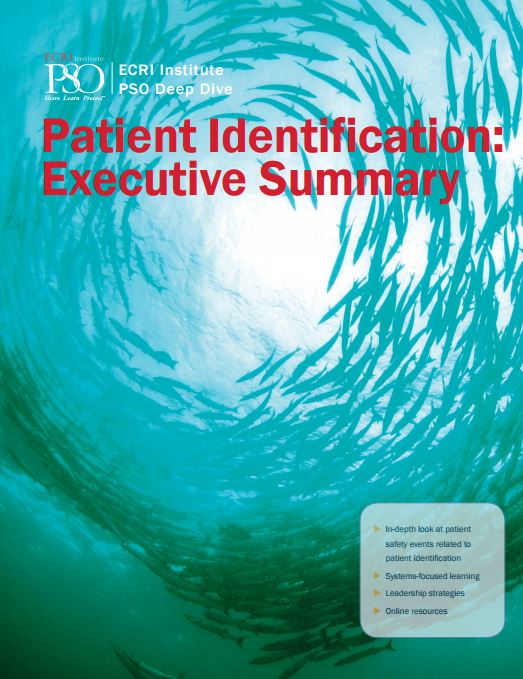Patient Identification error is common medical malpractice
 Wrong patient error is medical malpractice that can have deadly consequences. As healthcare is becoming more and more sophisticated, patients are visiting multiple care providers and their personal data are being shared through multiple IT systems. The growing complexity of the health care system has led to an increase in patient errors according to a recent report released by the ECRI Institute.
Wrong patient error is medical malpractice that can have deadly consequences. As healthcare is becoming more and more sophisticated, patients are visiting multiple care providers and their personal data are being shared through multiple IT systems. The growing complexity of the health care system has led to an increase in patient errors according to a recent report released by the ECRI Institute.
The report entitled “Deep Dive” is based on the analysis of more than 7,500 events of patient identification errors. The researchers found that most identification errors are corrected before they affect the patients. However some do reach the patients. Some patient identification errors may have limited consequences. For example, a nursing home resident was mistaken for another resident and taken for an unnecessary exam to an affiliated hospital. Other identification errors can have dangerous consequences. An infant was infected with hepatitis B after receiving breast milk pumped from the wrong mother. Some wrong patient errors can be fatal. A patient who suffered cardiac arrest was not resuscitated because the medical staff followed a “do-not-resuscitate” order from another patient.
Wrong patient errors can happen at all stages of a medical process, from registration to electronic data entry, surgical intervention, medication administration, diagnostic or blood transfusion. They can occur in various settings such as nursing homes, doctor offices, hospitals or pharmacies. They are not only committed by doctors but also by nurses, transporters, medical secretaries or anyone else from the medical staff interacting with the patient. Often as the patient is mistaken for another one, the error doesn’t affect only one person but two.
In its report the ECRI Institute defines 3 phases in the patient identification process: the intake, the clinical encounter and the post encounter. Researchers found that 72.3% of patient identification errors occur during the clinical encounter with half of them involving diagnostic procedures or treatments. They also found that in more than 90% of the cases, the patient errors were caught before they could harm the patient. Among the 7,613 cases of wrong patient errors, the two of them that lead to the death of a patient were related to wrong documentation such as the non resuscitated patient mentioned earlier. The second fatal case was related to a cardiac clearance for surgery for a patient which was mistakenly given to a patient with cardiac issues. The patient went for surgery and was found dead in his room one day after surgery.
Most patient identity errors are preventable. In its report the ECRI Institute also provides an extensive list of recommendations covering leadership, policies and procedures, patient and relatives engagement, patient registration, standardization and simplification as well as technology. The ECRI Institute also provides a helpful do and don’t list” on best practices related to patient identification. They highly recommend two patient identifiers instead of one.
An executive summary of the report can be downloaded here
 New York Personal Injury Attorneys Blog
New York Personal Injury Attorneys Blog


